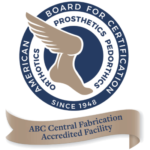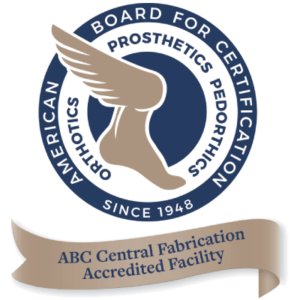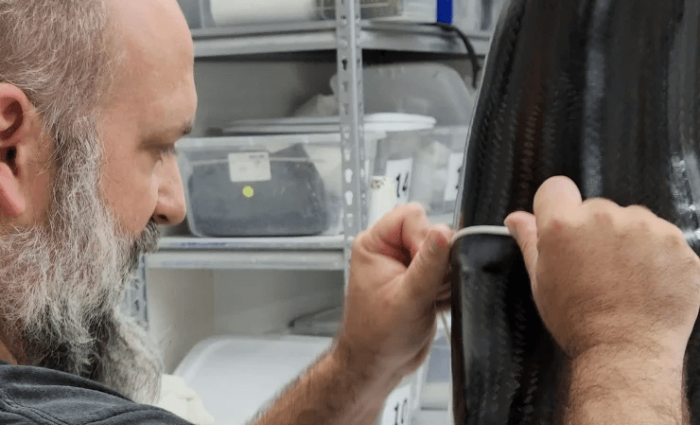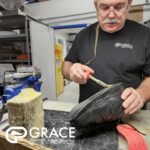The prosthetic industry has seen many advancements over the years that have made it easier for amputees to live a fulfilling life. Some of these advancements have also reduced our production time and the quality of artificial limbs, sockets, and prosthetic devices.
To quote a very common and overused cliché, “you ain’t seen nothing yet”. The truth is that we’re seeing advancements that were once never even dreamed of such as the use of artificial intelligence, neural interfaces, and more. There’s a lot of excitement going on in the industry and we’d like to share some of our favorite pieces of new prosthetic technology that’s either been implemented already or is just around the corner.
3D Printing and Scanning
Although you can’t really call 3D printing a new prosthetic technology since it’s been used for a while now, it’s definitely a burgeoning technology with a bright future in prosthetic socket design. With the use of optical scanning, the technology can be used as a virtual fitting for an amputee. This process is a lot faster, as is the use of 3D printing to create the socket and other prosthetic devices as opposed to traditional manufacturing.
Motor-Driven Sockets
Even with all the advancements that we’ve seen in recent years, prosthetics can sometimes cause discomfort and maybe even some pain. We’ve made a lot of changes in the industry to tackle this problem with a great deal of success, but motor-driven sockets are poised to go even further. These sockets allow for immediate socket-fit changes without any effort from the amputee. The sockets include custom sensors that instruct the control system to make adjustments as necessary throughout the day.
Spray Skins
Another technology that’s been around for a while but is always advancing is the use of spray skins. This allows an amputee to have an artificial limb appliance sprayed to match their skin tone. The goal of a spray skin is not only to look great but also to improve the wearer’s comfort level and overall mood. In the future, the biggest advancement in this arena that we expect is for amputees to be able to switch their skin tone, such as with the seasons, with ease.
Semi-Flexible Sockets
One of the most important elements of any socket is providing enough flexibility when a person is walking, running, or going up or down stairs. With today’s socket technology, this is done by using comforting materials such as gel liners and socks to create a barrier between the socket and skin/tissue. Newer semi-flexible sockets use more flexible materials such a silicone or polyurethane resins to make moving around easier.
Adjustable Sockets
A big problem that every amputee faces is that their body will change over time, such as losing or gaining weight, losing or gaining muscle mass, or temperature changes that produce swelling or shrinking of the limb. This results in the need for additional socks and liners or adjusting the number of layers throughout the day to maintain a comfortable fit. Adjustable sockets use dials to alter the pressure in different spots of the socket, ensuring that it fits at all times.
Same-Day Socket Technology
We decided to save the best for last. Well, at least it’s one of the best. Getting fitted for a socket can take multiple visits and at least a few weeks because multiple adjustments need to be made. In the future, though, a socket technology called SocketMaster may be in widespread use. This process utilizes a mechanical-electric frame to provide a proper fit with micro-adjustments, allowing a new socket to be fitted in a few hours or the same day.
Contact Grace Prosthetic Fabrication Inc. to Learn More About New Prosthetic Technology
Grace Prosthetic Fabrication Inc. is always on the cutting edge and we’re very excited about what new prosthetic technology will mean to amputees and our industry. If you have any questions about these amazing advancements or need to discuss our services, give us a call at (800) 940-5347 today.






